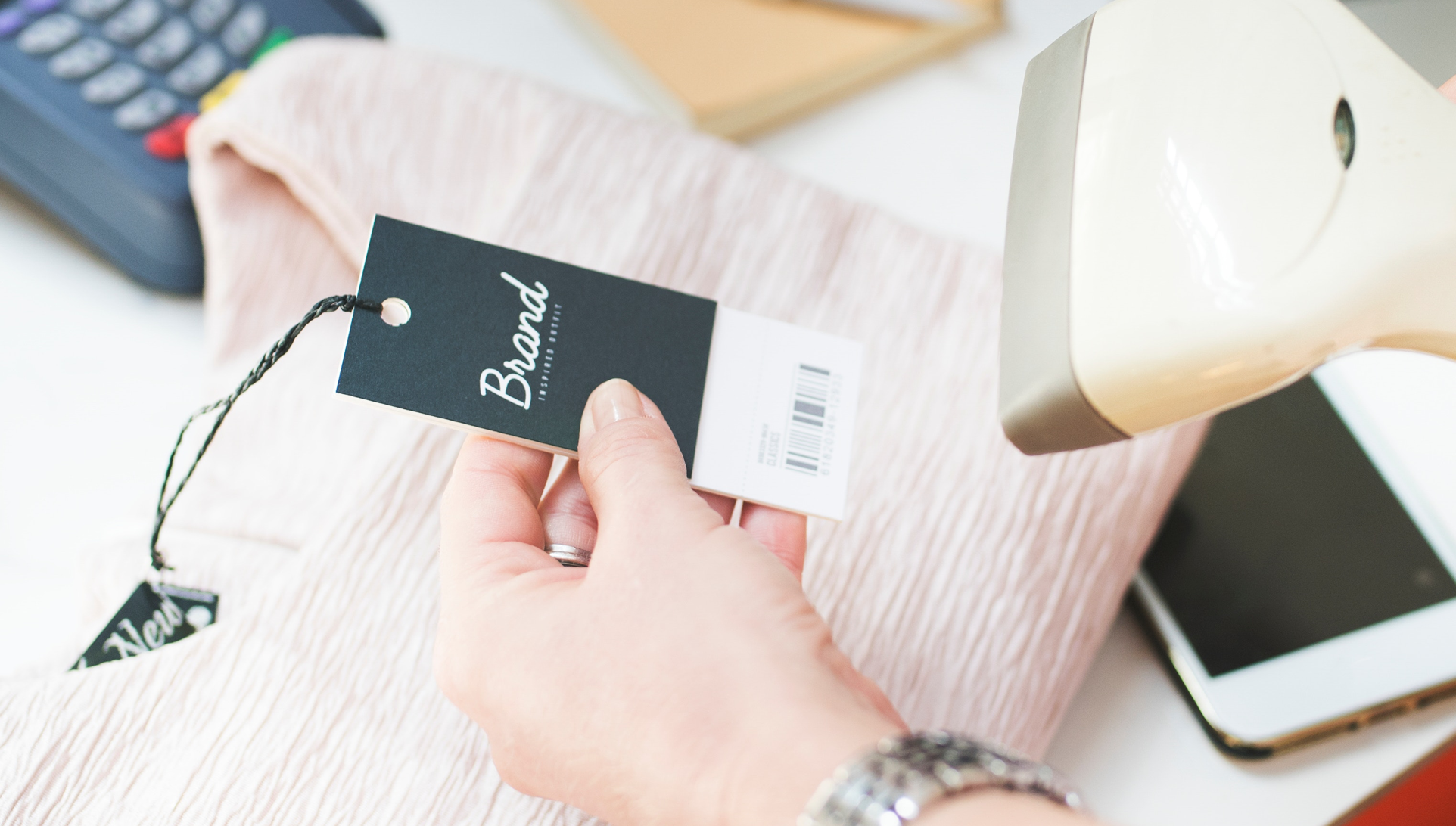Leveraging Technology in Retail: Payment Methods
With technology invading shoppers' everyday lives increasingly, it is no longer enough to meet customers' needs but to exceed them. In this blog article we want to focus on one topic that contributes in huge parts to the overall customer experience: payment methods.
Avoid queuing
How often did you stand in line in a store to finally get to the cash point? How often have you been frustrated and impatient because the line in front of you seemed to be never-ending? Long waiting lines simply scare customers away. 70% of retailers report consumers will wait 5 minutes or less before a customer abandons a purchase and leaves the store. Not only will they cost you sales that one specific time, but customers develop negative associations with the shopping experience in your store. As so often, the first impression counts because most probably they will not return to your store. Negative word-of-mouth is also a consequence to take into consideration.
Are those lines also the reason why sometimes you prefer to shop online? One click and you have ordered and paid your desired items. This is exactly the reason why brick and mortar stores need to adapt.
A lot of experts predict that paying cashless with your mobile device only will be the future in retail
Cash or card?
To avoid frustration and resistance from customers’ side in-store, it is of high importance for physical stores to keep queues short and reduce waiting time. Customers nowadays have their own mindset when it comes to when and how they want to shop. First of all, it seems appropriate to mention that customers increasingly prefer to leave cash at home and pay by card. 44% of interviewed Millennials said they would give up cash completely and rather use their mobile device as a payment method. Two out of ten haven't even used cash in the past year.
Encourage a smooth customer experience
Another point is the malleability and rapidity within shopping experiences and how fast people can pay and leave a store again. Technology can be a big supporter in that case. Especially in supermarkets (like for example seen at Albert Heijn in the Netherlands or TESCO in the UK) it gets more and more popular to have the so-called self-check-out points. You get to such a station, scan one product after another and put them straight into your bag. Following you simply pay by card and leave. To pass the barriers you scan your bill and the doors open in front of you. A similar procedure is that customers get a handset scanner. The strategy behind this? "Scan as you shop"!
With every product they take out of the shelves they scan it immediately. At the end, they put back the handset scanner into a loading station and easily proceed to the payment. No annoying “put all your items on the checkout tap and hurry to put them back into your bag before the next customer comes behind you”. Also queues are rather rare.
Leveraging technology to increase automation therefore highly increases positive customer experiences. Paying from anywhere on the sales floor makes shopping fluently and enjoyable. Supporting different kinds of payment like mobile swiping will especially please Millennials and generation Z.
Merging online and offline
Long waiting lines can negatively influence customer experiences in-store.
As convenience is a huge contributor to customers' loyalty towards a brand, it has to be taken into account that payment methods play a crucial part in that process. When shoppers buy online they do not have to stand in line to pay. The decisions have already been made, they want to pay and order immediately. This is the advantage of online whilst brick and mortar shops are in the risk to lose customers due to long waiting times.
In the retail industry, the buy-online-pick-up-in-store method (BOPIS) is enjoying a lot of attention at the moment. Half of US shoppers have used this service in the past year. 90% of them were additionally highly satisfied with it (survey conducted by market-research firm Survata, 2018). The German market does not show any differences.
In a study by JDA and YouGov it showed that 28 % of customers already used a pick-up station in 2016. Furthermore, 39% of retailers already offered the Click & Collect service or planned to introduce it in the upcoming 12 months.
The sustainable aspect
With a high number of consumers, especially Millennials, getting into a more sustainable thinking, it seems like BOPIS is here to say. You can easily choose desired items online, save shipping costs and hereby contributing to a more sustainable environment, as the shipping industry is responsible for 3% of greenhouse gas emissions.
What is left to say is that retailers should embrace new technologies and include new payment options that positively contribute to customer experiences.

 Français
Français


